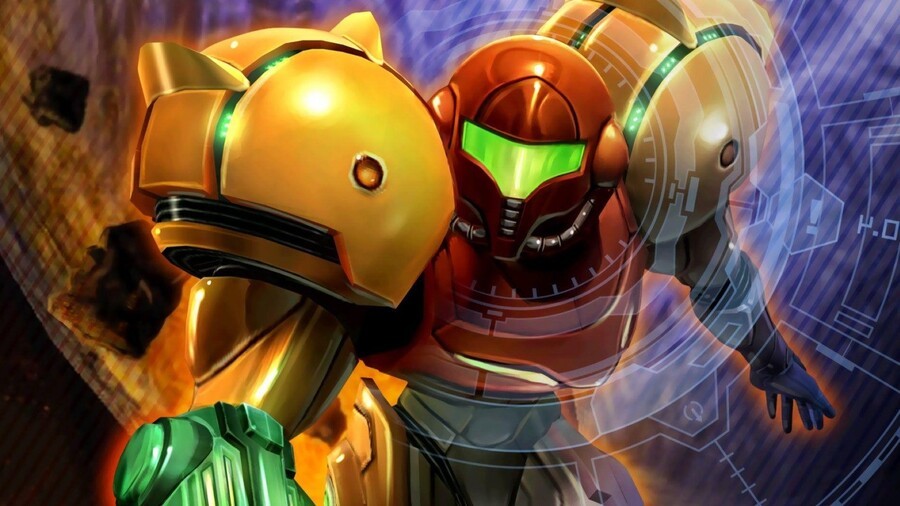Ex-Retro Studios Devs Laud Metroid Prime’s Camera System

In a recently video compilation from YouTuber KIWI TALKZ, a group of ex-Retro Studios developers spoke about the late Mark Haigh-Hutchinson, a LucasArts alumni who was in charge of the camera system for the Metroid Prime games. Mark sadly passed away in 2008 from pancreatic cancer and his former co-workers had a lot to say about his remarkable contributions to the franchise.
Mike Wikan, who served as Senior Game Designer at Retro Studios, describes Mark as a “legendary programmer” and “easily the most capable programmer” he’s ever worked with. In the interview, Mike goes on to laud Mark’s work on Metroid Prime’s camera system – specifically during Morph Ball sequences – stating that “you never lose sight of Samus”:
“If you notice in all the Metroid [Prime] games, you never lose sight of Samus no matter what crazy, stupid thing you’re doing, ever. There’s never a point in the game where you ever lose sight of your character – ever. And you’re boosting, you’re going behind walls, you’re going in little tunnels, you’re doing all sorts of crazy little things. And with Quadraxis [boss fight], you’re doing all sorts of crazy jump-off things, and this thing’s moving around and it’s the size of a skyscraper. And the reason that it works is because the camera system can handle literally anything.”
David Kirsch – nicknamed Zoid – served as Senior Engineer for Metroid Prime and Metroid Prime 2 and describes how Mark came up with the camera system for the games’ iconic Morph Ball “maze” puzzles:
“One of my favourite things we did with [Mark], we came up with the 2D view for the Morph Ball puzzles; you morph and you roll in and then the camera switches to the 2D side view. And we were trying to figure out “how do we get the camera to follow the ball” and he came up with what he called ‘Surface Camera’, so we have a surface outside there and the camera slides along the surface and has a set of springs that follows the ball so it does it smoothly. And so you can define the surface area of the camera so you can control the view.”
He also explains the tech behind how the camera is able to follow Samus so accurately whenever she turns into the Morph Ball:
“So when you turn into the Morph Ball, the camera comes out of Samus and you turn into the ball. What the camera’s on is a “parachute”, so the ball’s here and the camera’s there, and the ball aligns with the parachute with strings. So if the Morph Ball goes behind something, some of the strings of the parachute will pull so the camera will turn to follow the ball. But the strings take time, so if the Morph Ball goes quickly there, the camera will move a little bit and then follow the ball. So if you go behind a post, the camera won’t snap, it’ll take time, but if you get past the post, it’ll catch up with the ball on the way out.”
It’s a fascinating insight and we’d definitely recommend you check out the full video below for some further insights from the developers. Whilst you’re at it, be sure to check out graphic designer Jim Wornell’s story of how the Metroid Prime logo went through 53 different iterations before landing on the right one.
What do you make of this insight behind Metroid Prime’s camera system? Do you think the tech is being implemented in the upcoming Metroid Prime 4? Let us know with a comment!











